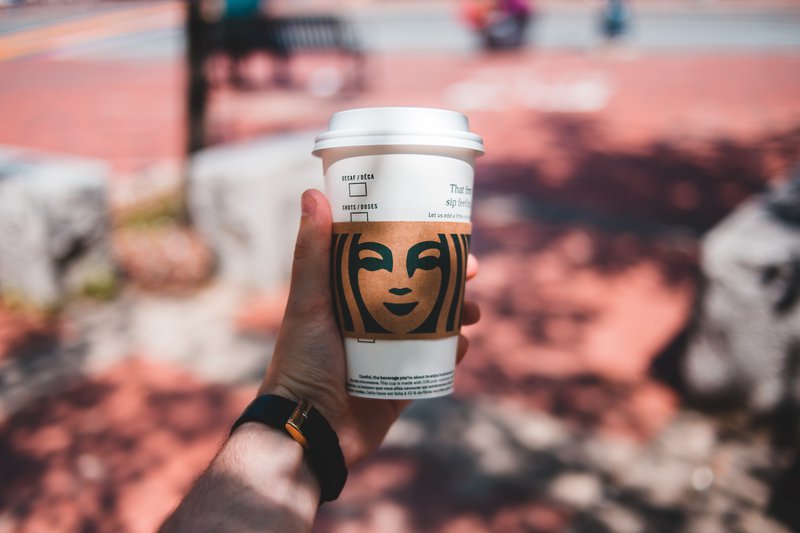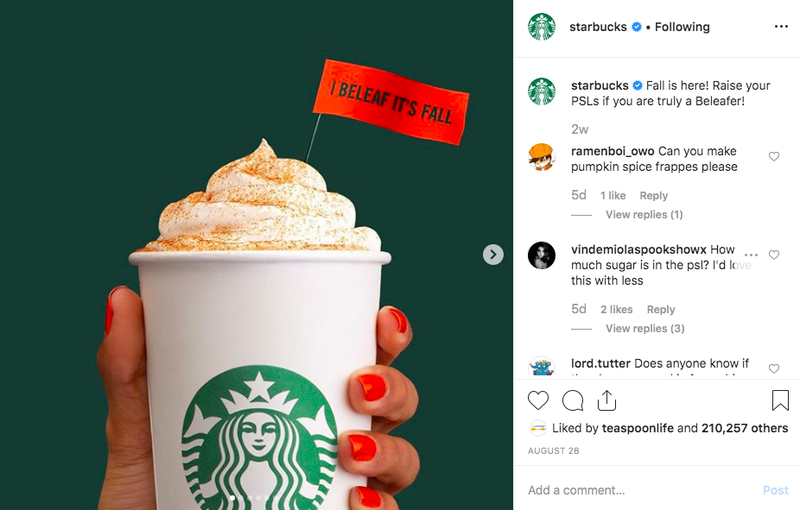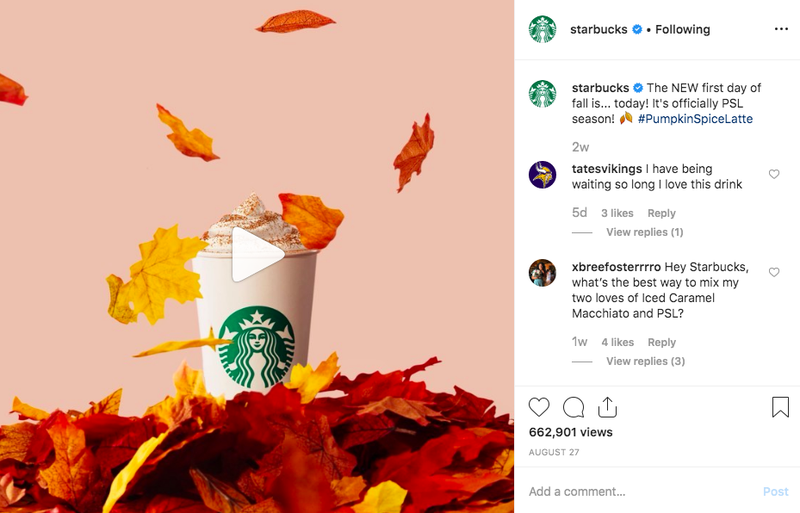What The Pumpkin Spice Latte Can Teach Us About Seasonal Products

Oh, the Pumpkin Spice Latte. Starbucks launches this beverage for a short time every fall and the crowd goes wild. 424 million of them have been sold worldwide. Four Hundred. Twenty Four. Million. That’s insane! What happened to make this beverage so popular - it cannot simply be taste. And more importantly what can the Pumpkin Spice Latte teach us about season products and limited release flavors?

Let’s start with the first question. How the heck did this take off so much?
Starbucks launched the PSL (its nickname among avid fans) in 2003 and has been going strong ever since. At its essence the PSL is espresso with milk, some baking spices, sugar, and whipped cream. And like with any product, we know it is about so much more than the product itself. It’s about the emotions.
Some pop culture experts like Montana Miller think the emotional appeal has something to do with nostalgia. “Pumpkin spice seems to have taken off to an unusual degree, perhaps because it has such nostalgic connections to an element of American culture that we are increasingly afraid of losing touch with,” she said, in an article with Ad Week. The article goes on to say that she referred to things such as family, hometown, and Thanksgiving as institutions that the American middle class are afraid they are losing grip on.
So, we know people are loving the Pumpkin Spice Latte for emotional reasons. It could also be a hit because of what it signifies. The release of the PSL each season marks the start of fall, which begins the holiday season. A time of year filled with family, love, gifts, comfort, coziness. Again, all emotional. Few other things have come close to the popularity of PSL. But, think about it. What other time of year is it cool to watch Hallmark movies? The holidays are a time when it becomes acceptable to wear your tackiest Christmas sweater, drink your PSL, and watch bad movies made for TV!
Not long after it launched is when we see the PSL gain a cult following. Which, around fall of 2012 (remember, it launched in 2003) became bad. Drinking Pumpkin Spice Lattes got lumped in with wearing Uggs, taking selfies, and being ‘basic.’ Being ‘basic’ meant doing anything the masses were doing, and it was bad.
But, don’t fret those of you who love Taylor Swift songs and Ryan Gosling movies. Those ‘basic’ PSL drinkers didn’t take the bullying and reminded the world that we all have ‘basic’ tendencies. So, it became uncool to diss ‘basic’ PSL drinkers. And the popularity continued ,n now including internet memes, a Twitter account, and hundreds of brands releasing their own Pumpkin Spice flavors.

So, what can the Pumpkin Spice Latte teach us about seasonal products?
Psychology: More than the product itself, the emotions that the PSL taps into are key. Starbucks is a pro at knowing their customers psychographics and emotions and that certainly has a role in this.
So, what does this mean for you and your business? Your customers buy your product for more reasons than just the physical product. What are those reasons? Do you think about them when you make decisions for your business? When you launch new products? You should!
I wrote a whole blog post here on how to start brainstorming your customers values.
Scarcity: Seasonal products tap into supply and demand. When customers are faced with knowing a product they love - and in the case of PSL, obsess about - will one day be no longer available, there becomes a race to consume as much as is reasonable - as you can - before it goes away again. So, next time you want to launch a product or have a seasonal flavor, really look at the timeline in which it will be available and really play up the ‘get it while it lasts’ factor. (Need some inspiration on seasonal themes and partnership ideas? We have a blog post here.)
So, when we think about what the pumpkin spice latte can teach us about seasonal products it really comes down to this: seasonal products or flavors have the potential to tap into the emotions of your customer base and subsequently drive high volume, short term sales. If you deeply understand your customers’ psychographic makeup, you can start to map the seasons and emotions that they are going to care about and develop products around it.
If this sounds daunting, don’t worry! You could test this out with simple hashtags, key phrases, text in your Insta, blog posts, etc. before you dive into new flavor profiles. See what grabs your customer base first!
And want to nerd out more on PSL? Read more in this article (woah Google searches on PSL!) and this article (woah all that sugar!). Oh, and here. (It is popular after all).
Emily Hines is a marketing and branding Jill of all trades, working with CPG brands on things like brand strategy, email marketing, photography, content curation, and more. She is excited to be working with Parsnip on match-making and marketing!


